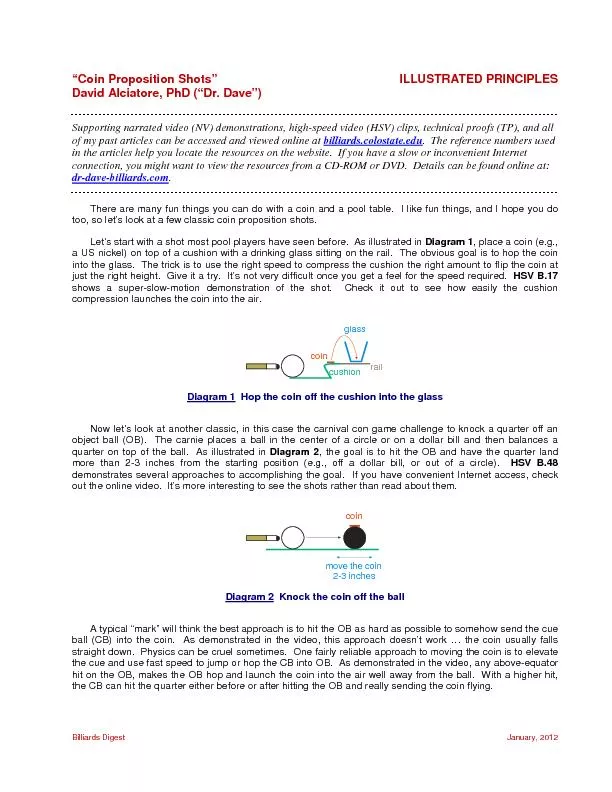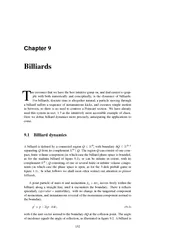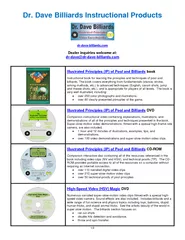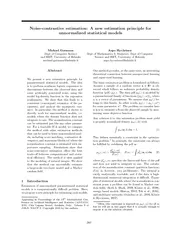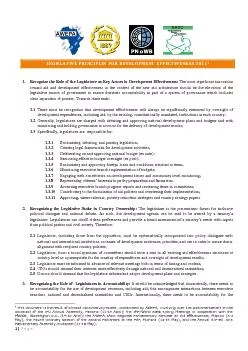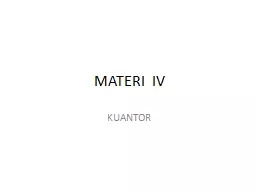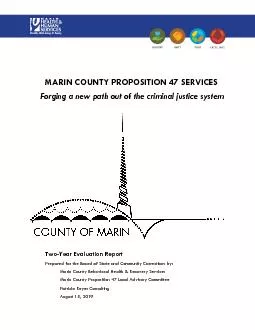PDF-Billiards DigestJanuary, 201Coin Proposition ShotsILLUSTRATED PRINCIPL
Author : luanne-stotts | Published Date : 2016-07-15
Supporting narrated video NV demonstrations highspeed video HSV clips technical proofs TP and all of my past articlescan be accessed and viewed online at billiardscolostateedu
Presentation Embed Code
Download Presentation
Download Presentation The PPT/PDF document "Billiards DigestJanuary, 201Coin Proposi..." is the property of its rightful owner. Permission is granted to download and print the materials on this website for personal, non-commercial use only, and to display it on your personal computer provided you do not modify the materials and that you retain all copyright notices contained in the materials. By downloading content from our website, you accept the terms of this agreement.
Billiards DigestJanuary, 201Coin Proposition ShotsILLUSTRATED PRINCIPL: Transcript
Download Rules Of Document
"Billiards DigestJanuary, 201Coin Proposition ShotsILLUSTRATED PRINCIPL"The content belongs to its owner. You may download and print it for personal use, without modification, and keep all copyright notices. By downloading, you agree to these terms.
Related Documents

